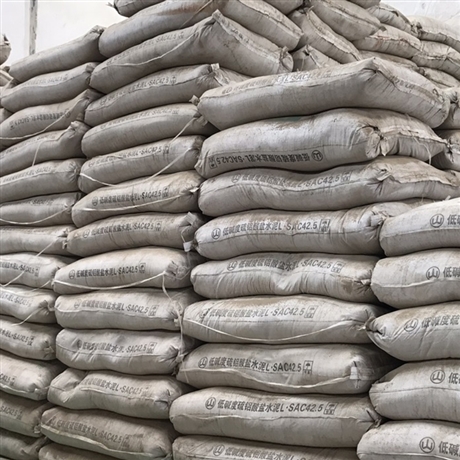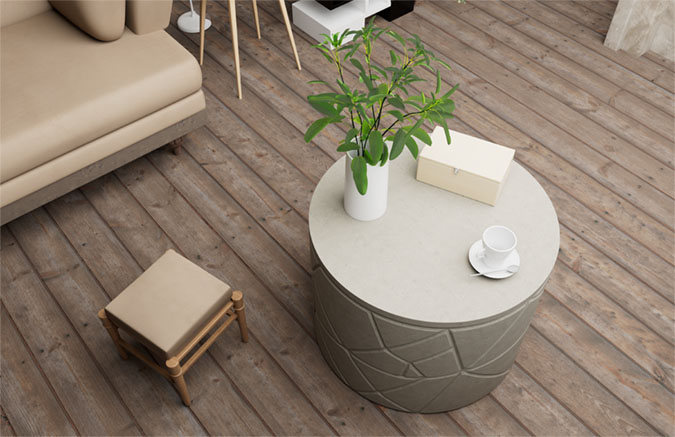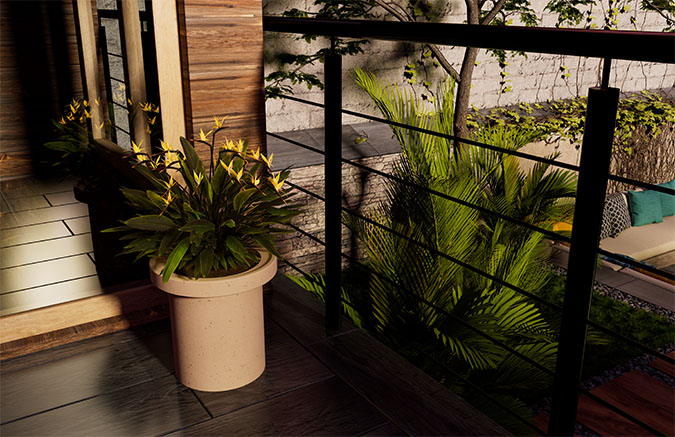As a building material, concrete has held a central place in the global construction industry due to its versatility and robustness. In recent years, advances in material science have led to the development of Glass Fiber Reinforced Concrete (GRC), a novel type of concrete that presents unique characteristics and application advantages when compared to traditional concrete. This article aims to explore the main differences between GRC and traditional concrete and outline their primary application domains.
Comparison of Material Properties
- Composition: Traditional concrete is primarily made up of cement, water, and coarse and fine aggregates such as sand and gravel; whereas GRC is based on a blend of cement, water, fine aggregates, and alkali-resistant glass fibers as reinforcement.
- Weight: Owing to the absence of coarse aggregates and the inclusion of lightweight glass fibers, GRC has a lower overall density and weight, which is a significant advantage for high-rise buildings or special structures where structural loading is a consideration.
- Mechanical Performance: While traditional concrete boasts good compressive strength, it is prone to cracking under tensile forces; in contrast, the glass fibers in GRC enhance its tensile and flexural properties, increasing the material’s overall toughness and crack resistance.
- Insulation Properties: GRC exhibits superior thermal and acoustic insulation, making it a preferred material in modern green buildings, especially in designs focused on energy efficiency.
Primary Application Areas
- Traditional Concrete: Commonly used in infrastructure and large-scale structural projects, including foundations, bridges, roads, and dams. Its strong load-bearing capacity and cost-effectiveness make it the material of choice for such endeavors.
- GRC (Glass Fiber Reinforced Concrete): Due to its light weight, high formability, and good weather resistance, GRC finds extensive use in architectural facade decoration, interior finishes, sculpture art, landscape gardening, and other fields. Moreover, GRC is suitable for manufacturing ventilation ducts, tanks, drainage systems, and non-load-bearing parts in ships and rail transit vehicles.
Summary
Although traditional concrete maintains its dominance in the construction field due to its cost-effectiveness and reliability, GRC, as a new generation of concrete, offers distinctive performance features that open up new possibilities for designers and engineers. By reducing structural weight, enhancing construction efficiency, and adding aesthetic and environmental value, GRC has become a significant component of future architectural innovations. As technology continues to advance, the application prospects for GRC will broaden, promising to showcase its unique appeal in even more areas.
Post time: Jul-18-2024



